DHS has published visa overstay report for 2017.
DHS has determined that there were 52,656,022 in-scope nonimmigrant admissions to the United States through air or sea POEs with expected departures occurring in FY 2017, which represents the majority of air and sea annual nonimmigrant admissions. 98.67% of the in-scope nonimmigrant entries departed the United States on time.
An overstay is a nonimmigrant who was lawfully admitted to the United States for an authorized period but stayed in the United States beyond his or her authorized admission period. Nonimmigrants admitted for “duration of status” who fail to maintain their status also may be considered overstays.
DHS classifies individuals as overstays by using the ADIS system to match departure and status change records to arrival records collected during the admission process.
B1/B2 Overstay Rates
FY 2017 Overstay rates for nonimmigrants admitted to the United States for business or pleasure via air and sea POEs for non-VWP Countries (excluding Canada and Mexico)
Among the following ten Caribbean countries, Dominica has the highest overstay rate of over 4% and Trinidad and Tobago has the lowest 0.58% overstay rate for B1/B2 visas
| Expected departures | Out of country overstays | Suspected incountry overstays | Total overstays | Total overstay rate | Suspected in-country overstay rate | |
| Antigua and Barbuda | 15,877 | 28 | 205 | 233 | 1.47% | 1.29% |
| Dominica | 7,513 | 18 | 285 | 303 | 4.03% | 3.79% |
| Grenada | 10,843 | 21 | 240 | 261 | 2.41% | 2.21% |
| St Kitts and Nevis | 12,143 | 17 | 247 | 264 | 2.17% | 2.03% |
| St Lucia | 16,310 | 33 | 326 | 359 | 2.20% | 2% |
| Bahamas | 263,417 | 440 | 3320 | 3760 | 1.43% | 1.26% |
| Dominican Republic | 394,370 | 386 | 10,963 | 11,349 | 2.88% | 2.78% |
| Jamaica | 302,025 | 381 | 9,172 | 9,553 | 3.16% | 3.04% |
| St Vincent and Grenadines | 9,470 | 22 | 324 | 346 | 3.65% | 3.42% |
| Trinidad and Tobago | 180,672 | 94 | 1047 | 1141 | 0.63% | 0.58% |
What is B1/B2 visa?
Visitor visas are nonimmigrant visas for persons who want to enter the United States temporarily for business (visa category B-1), for tourism (visa category B-2), or for a combination of both purposes (B-1/B-2).
Business (B-1)
Consult with business associates
Attend a scientific, educational, professional, or business convention or conference
Settle an estate
Negotiate a contract
Tourism (B-2)
Tourism
Vacation (holiday)
Visit with friends or relatives
Medical treatment
Participation in social events hosted by fraternal, social, or service organizations
Participation by amateurs in musical, sports, or similar events or contests, if not being paid for participating
Enrollment in a short recreational course of study, not for credit toward a degree (for example, a two-day cooking class while on vacation)
Source: DHS





